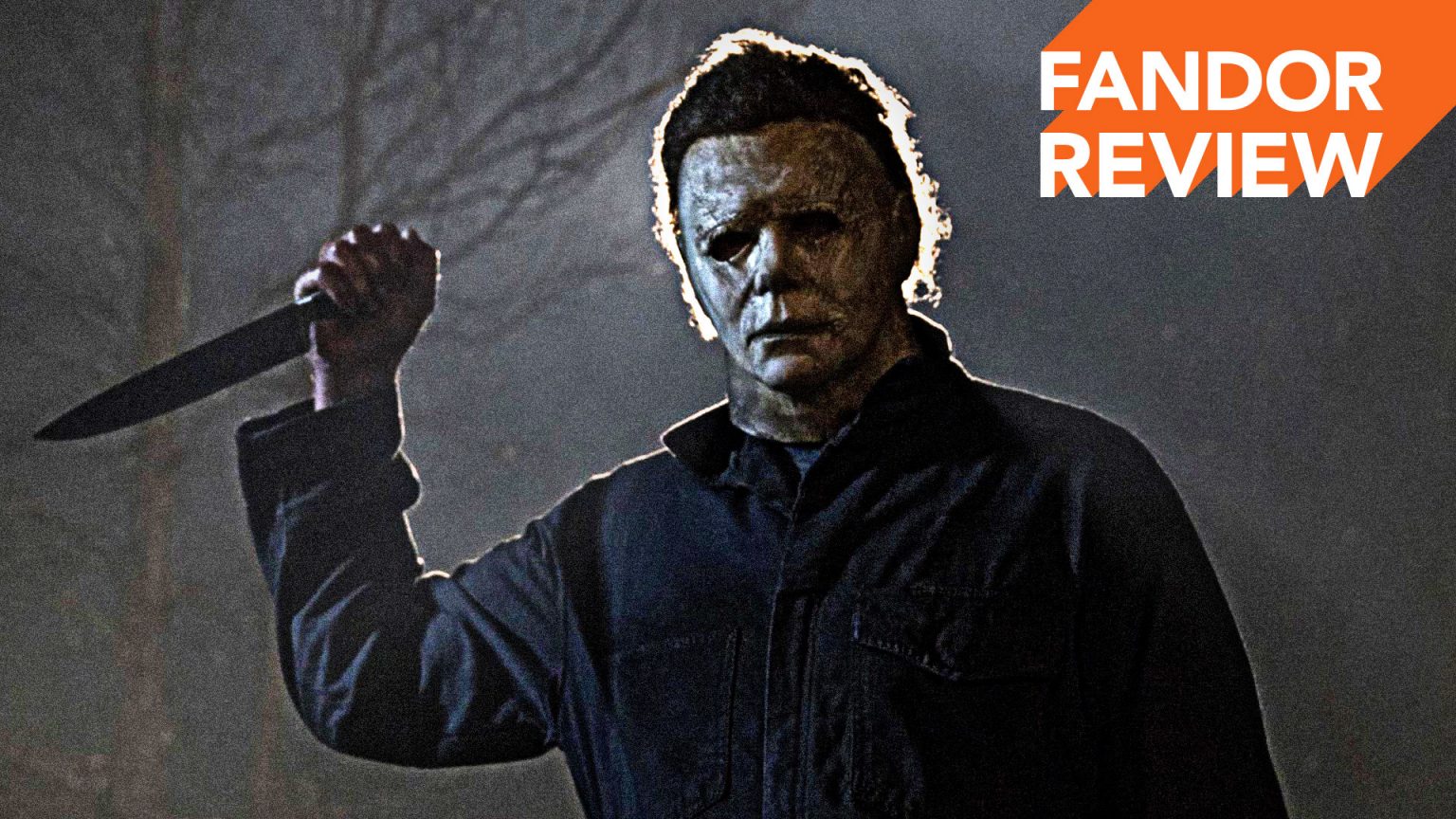Warning: Spoilers ahead.
There’s evilness inherent in the world, one that feels senseless and violent. It terrorizes people who see it, leaving them with a lifelong trauma they can’t shake. This is the theme behind David Gordon Green’s new Halloween.
Operating as a direct sequel to John Carpenter’s seminal slasher masterpiece, Green’s film is set (like its release date) exactly forty years after Michael Myers laid waste to the young adults just looking for a good time on Halloween in 1978. The only survivor was horror heroine Laurie Strode, who has since become a hermit, obsessed with preparing for Michael’s return, but who is also plagued by nightmares of the “Babysitter Murders.”
Laurie Strode, played by Jamie Lee Curtis, who reprises the role that launched her career, was so traumatized by the event that she became a gun-wielding survivalist and raised her only daughter, Karen (Judy Greer), to be the same. This trauma took over Laurie’s daily life, ending two marriages, and driving a wedge between her and Karen — so much so that Karen rarely allows Laurie to see her granddaughter (Andi Matichak), who, like Laurie in the first film, is an honors student with elite college aspirations.
With this setup, you know where this is going, right?
On the day before Halloween, Michael Myers is being transferred from his high-security prison/psychiatry ward to one further away from Haddonfield. He escapes (due to some plot contrivance), acquires his mask, and completes his transformation back into a murderer. His singular goal? To return to the infamous place where it all started in order to… well… kill a lot of people for no reason.
It’s in this second act that the film cleverly, brutally pays homage to the brilliance of Carpenter’s classic. Unlike the nine other sequels or reboots, which got in their own way contriving countless reasons for Michael’s nature (Laurie’s brother, druid cults, etc.), Green wisely keeps these elements to a minimum. In fact, Halloween was co-written by Green’s friend, comedian Danny McBride, who brings an element of tongue-in-cheek humor to film, which openly mocks the “isn’t Michael Laurie’s older brother?” plot development from the now decanonized Halloween 2.
Instead, we follow as Michael Myers commits random murders. At one point, he kills a young teenager and his father. In another, in an impressively long and grisly long take, cinematographer Michael Simmonds slowly tracks Michael as he goes from house to house, murdering everyone he encounters, starting with a hammer and ending with a butcher knife. However, after killing a woman in one room, Michael pauses at the sight of a baby’s crib. Here, the film has two options: become a completely unethical slasher film, or be something more haunting and complicated.
It’s at this point in the film (which is, no doubt, violent for the sake of violence), that Green makes a statement about how random and calculated violence is in the United States. Michael Myers spares the baby’s life, but the image of him hovering over the crib, before finally moving on, leaving the child parentless, is haunting. This scene, in particular, underscores that while Green and McBride might initiate audiences through humor (an unknowing victim poking fun at the man with a mask and a knife in his hand) when the violence is on-screen, it truly feels brutal and disturbing. It’s the kind of violence — in part due to the film’s purposeful lack of suspense — that forces an audience member to consider their own enjoyment in watching something like this.
From that point on, the film shifts back to Laurie as she goes from a paranoid, anxiety-riddled shell of a woman, to a badass heroine that will do anything to protect herself and her family. It’s here that Green replaces the traditional slasher tropes with some feminist revisionism, flipping the script, and allowing the “prey” to become the “predator.”
2018’s Halloween isn’t great by any means, but, not-so-strangely, in today’s world, this senselessly violent film, which touches on trauma and women’s ability to fight back against the monsters (read: men) who’ve hurt them, feels like a necessary addition to the horror genre.
But wouldn’t it have been even better if a woman had directed that film?
Watch Now: Fandor’s staff picks out your worst nightmares!




